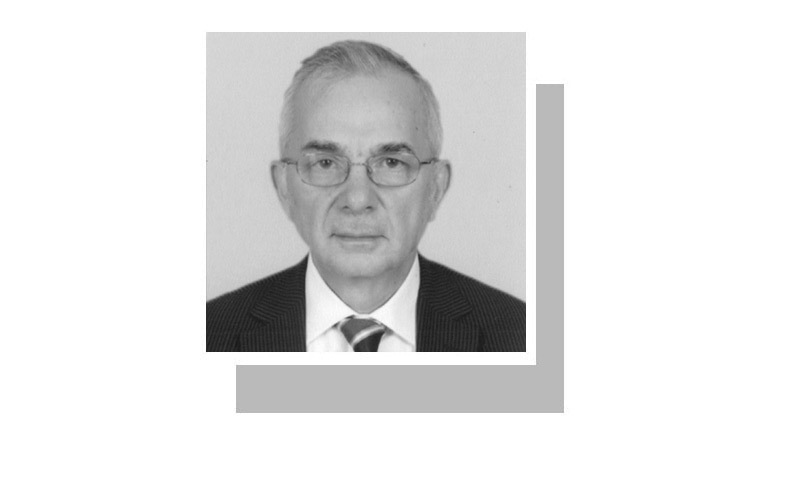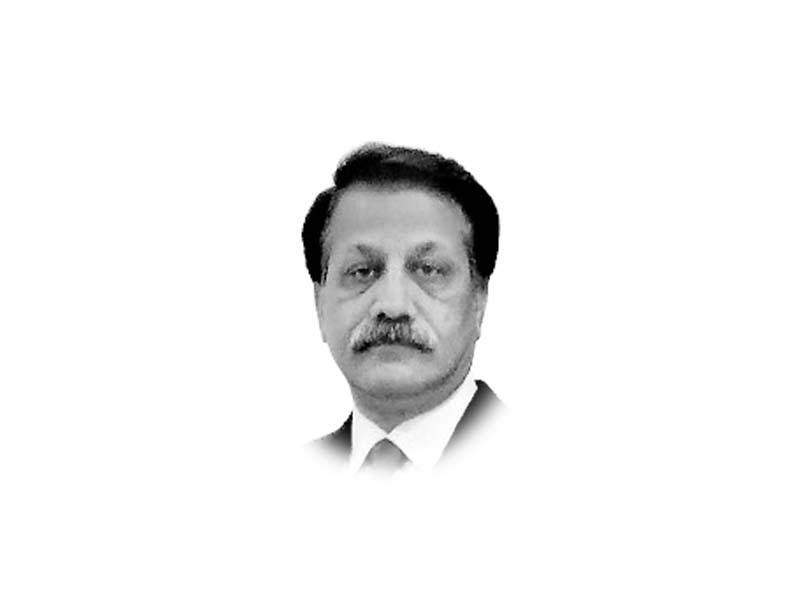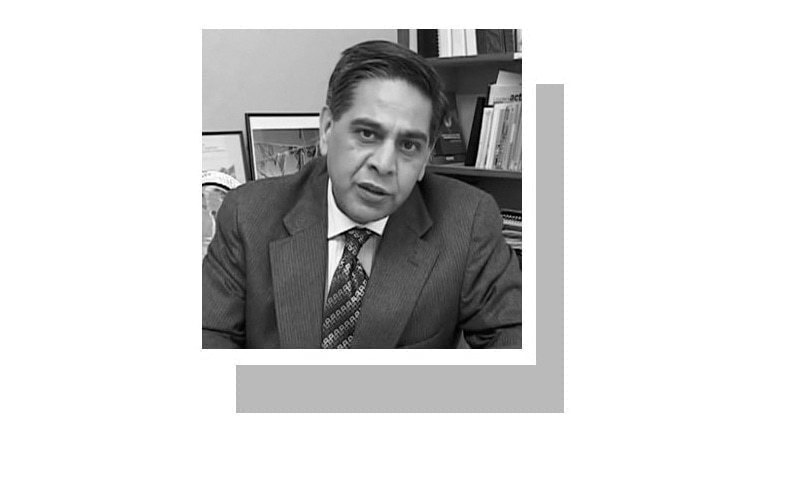India is broken. Pakistan is much more so!
JAVED HASSAN
December 29, 202310:12
In his magnum opus, "India is Broken," former World Bank economist and visiting Princeton professor Ashoka Mody provides a sensitive and refreshingly different perspective on the political-economic history of India since independence. In contrast to the prevailing exuberance about 'Shining India' or 'India’s Century,' Mody paints a bleak picture of the betrayal by its leaders of the aspirations of the Indian people. But many of the flaws that he ascribes to India can also be related to Pakistan.
While India's recent high GDP growth headlines may seem impressive, Mody argues that these statistics do not tell the whole story of a country grappling with massive and rising inequalities and acute job scarcity. He underscores that "the Indian economy is failing to create jobs, especially those that would support a dignified standard of living." The job shortfall, estimated at 25 million in 1955, worsened over the subsequent decades, reaching at least 80 million by 2019.
India’s post-liberalization GDP growth phase has done little to reduce the jobs backlog. Mody argues that development, now augmented by "fintechs," generates only a handful of jobs for highly qualified individuals. Public administration is growing robustly, but this, too, creates limited job opportunities. Disturbingly, he points out that "among other growth sectors, construction (helped by the government’s infrastructure drive) and low-end services (in trade, transport, and hotels) mostly create financially precarious jobs that leave workers one life event away from severe distress."
As a remedy to the failures, Mody advocates not less but more democracy. He advocates governance models that result in greater devolvement and less centralized decision making to address the fundamental issues hindering social cohesion and human development. Policymakers in both countries should reevaluate priorities such that development creates jobs that support a dignified standard of living for citizens.
Javed Hassan
Mody traces India's trajectory of jobless growth to Nehru’s flawed economic policy of "big push" industrialization strategy, concentrated around massive steel plants, power stations, and dams — famously called the “temples of modern India” by the prime minister. Nehru and much of the Indian political elite never committed to a market-based economy or the need to provide citizens with “public goods,” which include education, health, urban infrastructure, clean water, clean air, and a fair and responsive judiciary. A focus on investment in public goods would have not only addressed the human livability priorities of most ordinary Indians but, as Mody convincingly argues, also made India’s economy more productive and provided the basis for job-creating growth.
The path of the oligopolistic industrial structure taken by India failed to create a virtuous circle of economic development. After a number of fits and starts, India came close to sovereign bankruptcy in 1991, forcing the country to open its economy. Mody argues that liberalization only saw grudging steps toward promoting a market economy, resulting in “the narrowest and most cynical economic growth strategy.”
An alternative economic model was available to Nehru, one that mirrored Japan’s success under the Meiji restoration. The starting point for this required a singular focus on human development, especially universal education. A mutually reinforcing cycle of high-quality education, investments in agricultural productivity and domestic manufacturing, and an aggressive pursuit of exporting to foreign markets transformed Japan from a feudal agrarian society to ranking among industrialized nations by the 1920s. Taiwan in 1957 followed the more comprehensive and inclusive Japanese development approach towards industrialization and improving the living standards of an average Taiwanese citizen. This model was subsequently adopted by almost all successful transformations across Asia, from Korea to Singapore in the 70s and 80s, and over the last three decades in China and Vietnam.
Mody excoriates Nehru’s “neglect of human development did the greatest long-term damage. That neglect is shocking not just because Nehru was a historian who understood the central role of human development in national cohesion and economic progress, but also because Nehru had a guide he revered, the towering Rabindranath Tagore.” The poet-mystic had earlier provided a vision that many developmental economists today echo: “all successful industrialized nations, including the American Founding Fathers in the late eighteenth century, the leaders of Japan’s Meiji Restoration in the late nineteenth century, and the communist leaders in the totalitarian Soviet Union in the first half of the twentieth century. The political ideologies across time and distance could not have been more different, but the consistent and vigorous emphasis on education was always the same.”
Pakistan’s governance failures reverberate many of India's developmental missteps in addition to its own distinctive debacles. It may not have built the “temples” of heavy industry, but has woefully neglected investment in human capital. With a literacy rate lower than India’s and over 20 million children out of school, it is failing to create the jobs necessary to absorb as many as three million youth entering the job market, let alone cater for the backlog.
As a remedy to the failures, Mody advocates not less but more democracy. He advocates governance models that result in greater devolvement and less centralized decision making to address the fundamental issues hindering social cohesion and human development. Policymakers in both countries should reevaluate priorities such that development creates jobs that support a dignified standard of living for citizens.
– Javed Hassan is an investment banker who has worked in London, Hong Kong, and Karachi.
He tweets as @javedhassan.
In his magnum opus, "India is Broken," former World Bank economist and visiting Princeton professor Ashoka Mody provides a sensitive and refreshingly different perspective on the political-economic history of India since independence. In contrast to the prevailing exuberance about 'Shining...

arab.news












